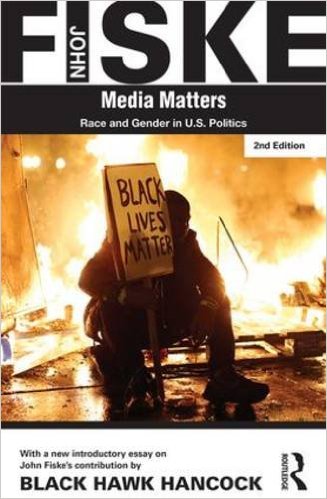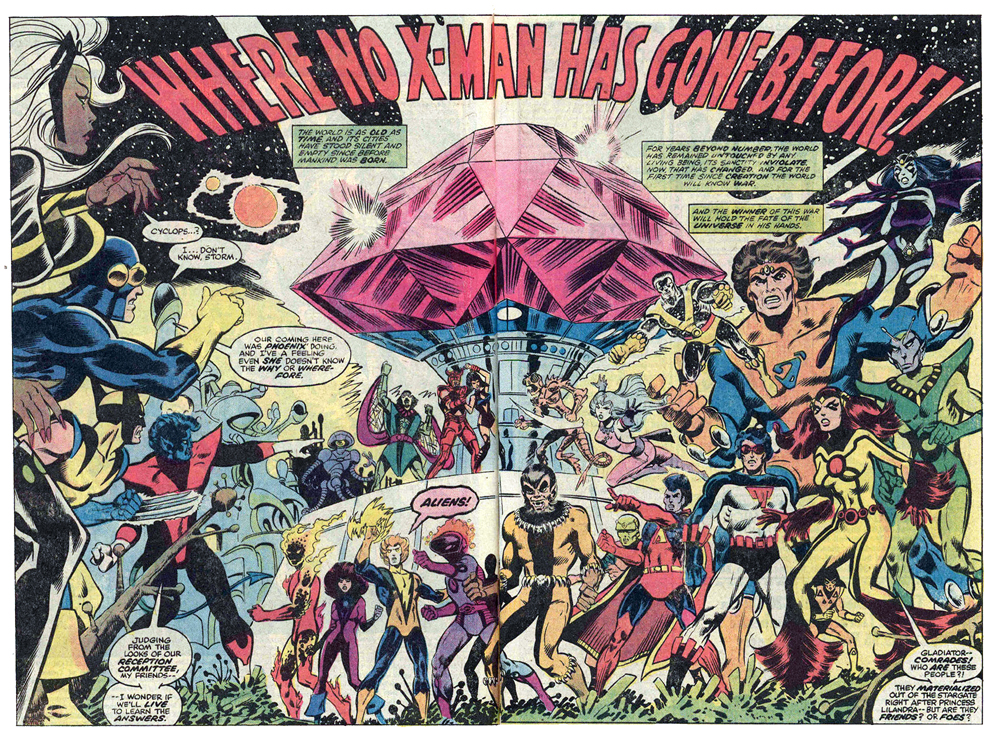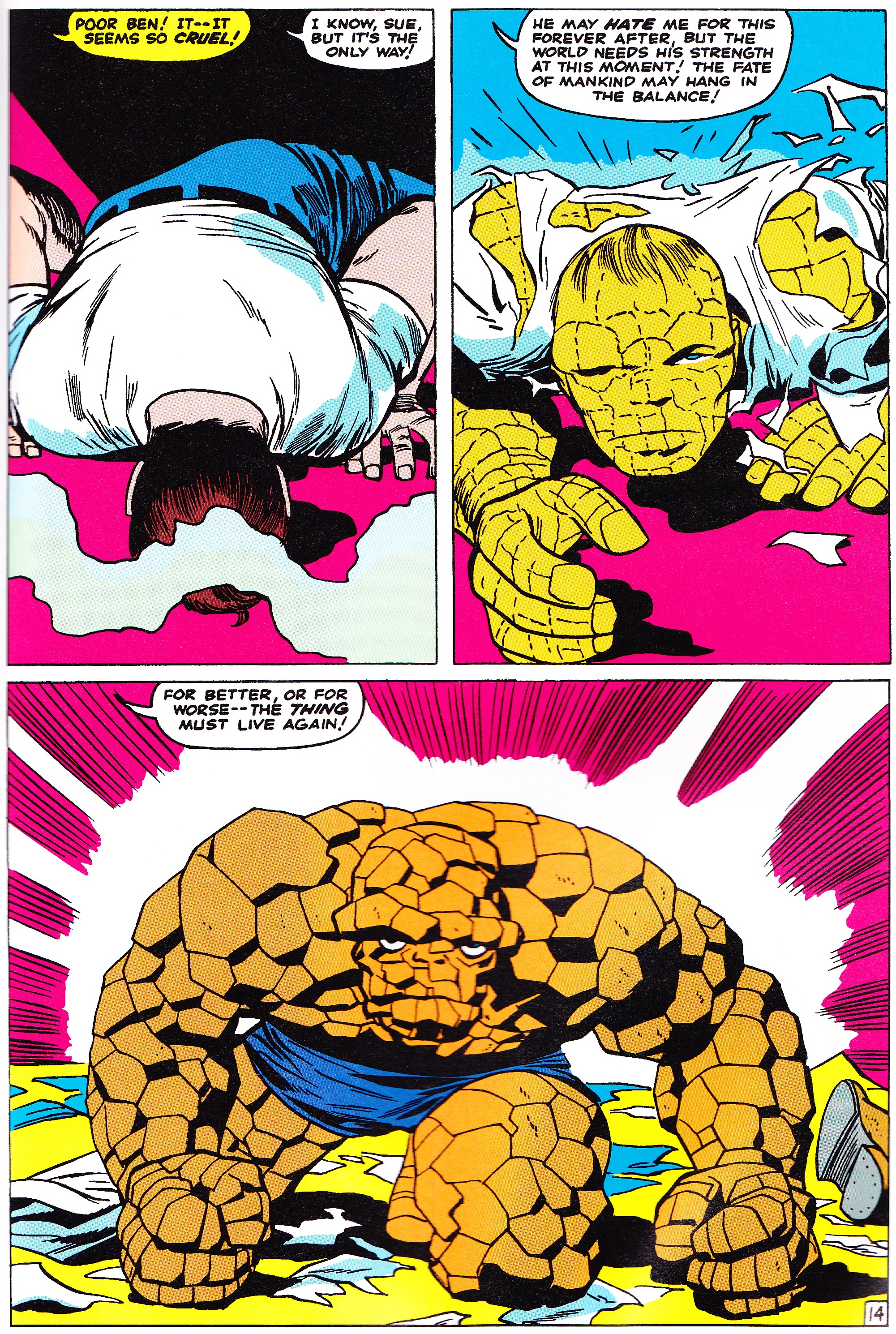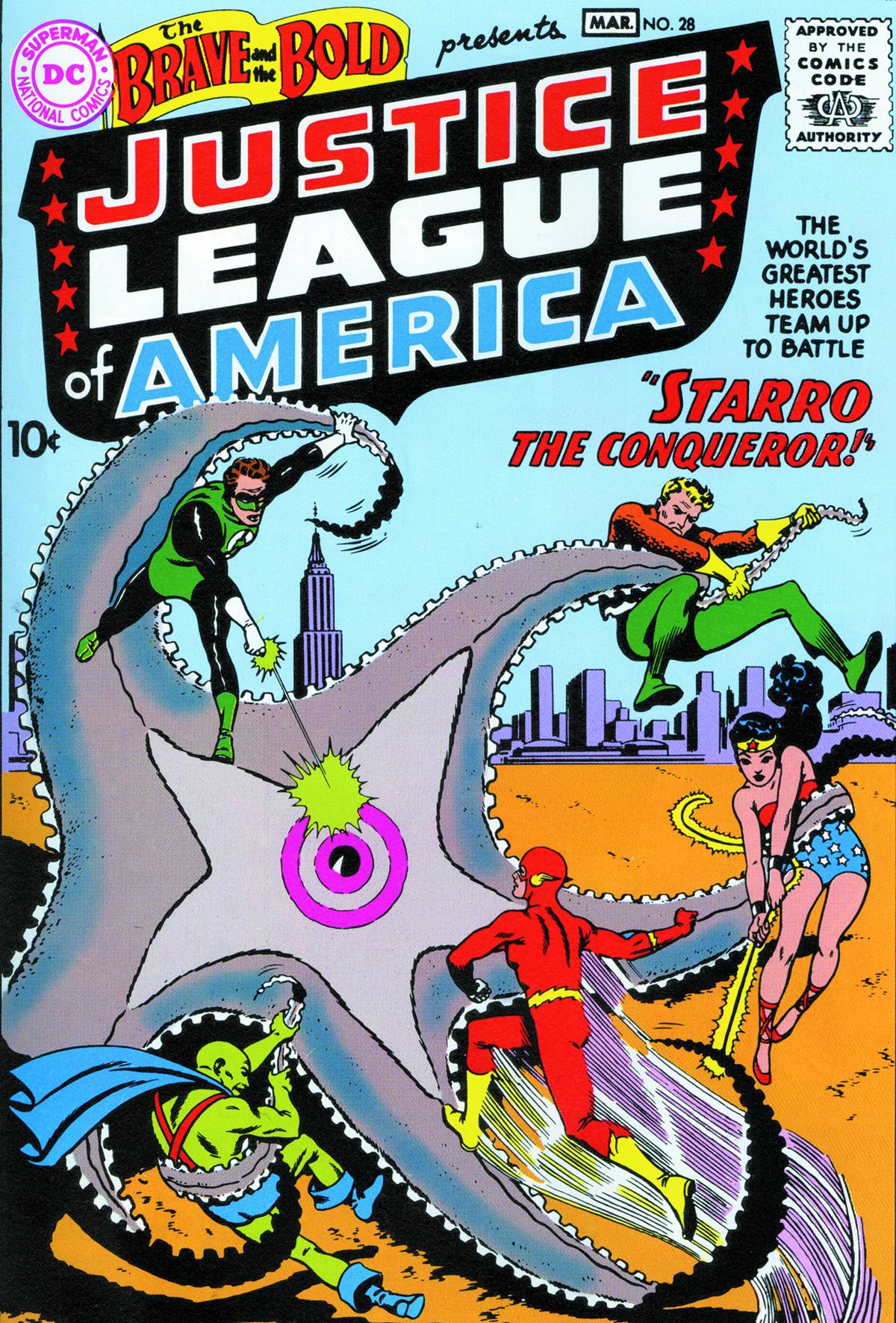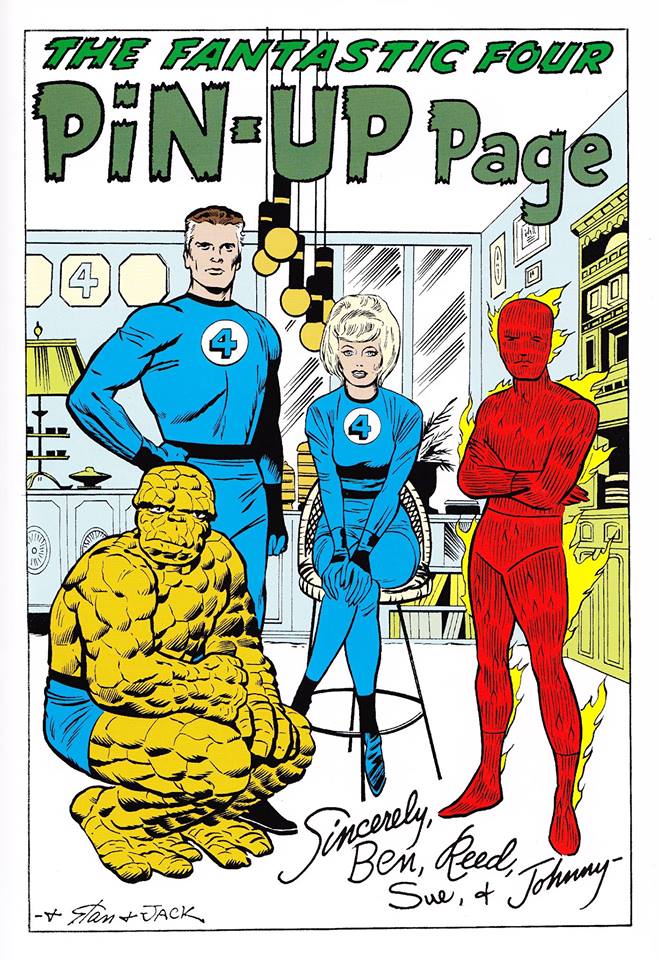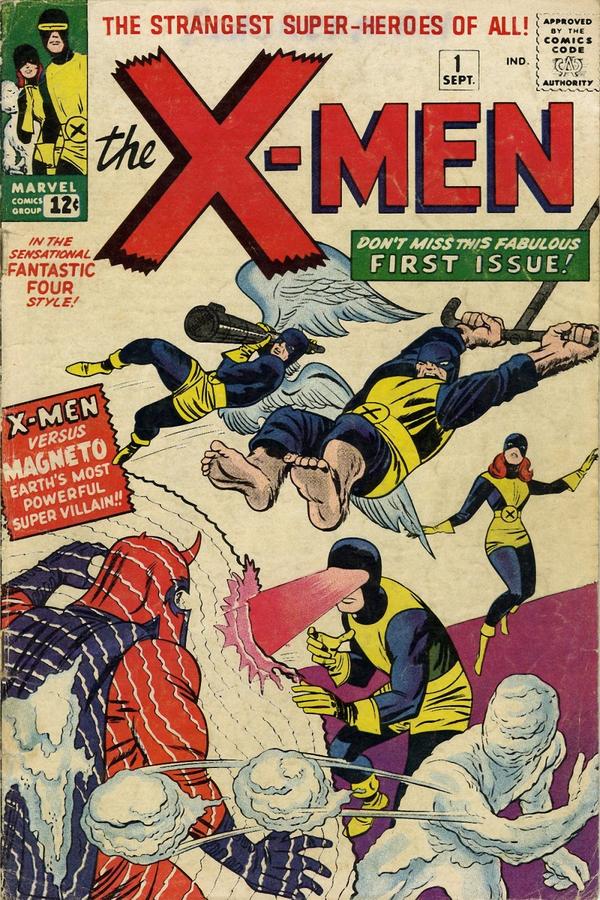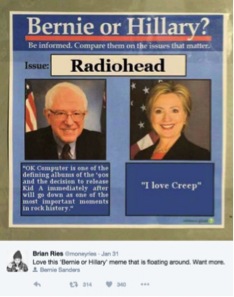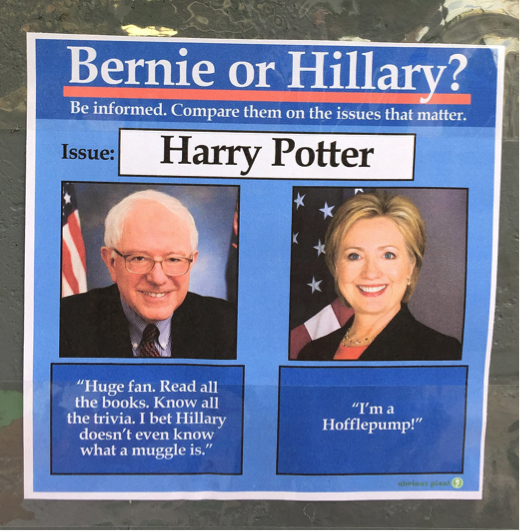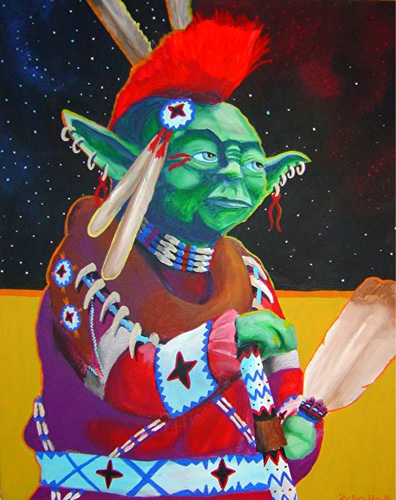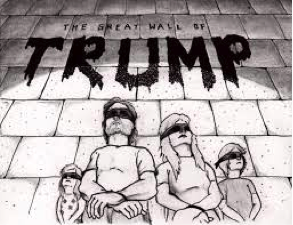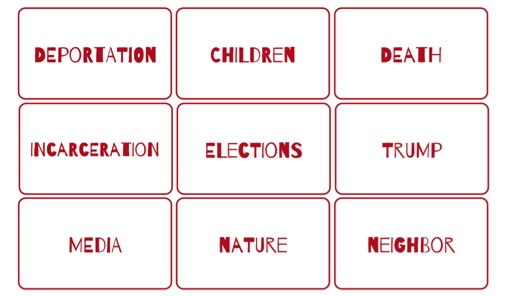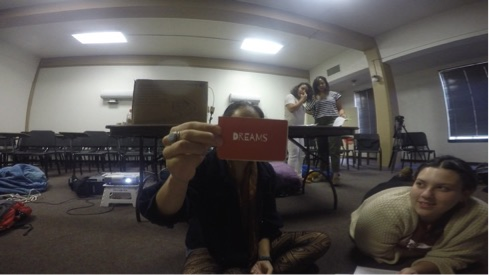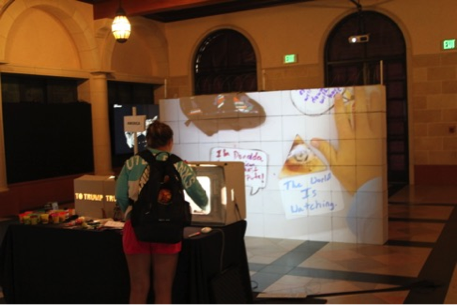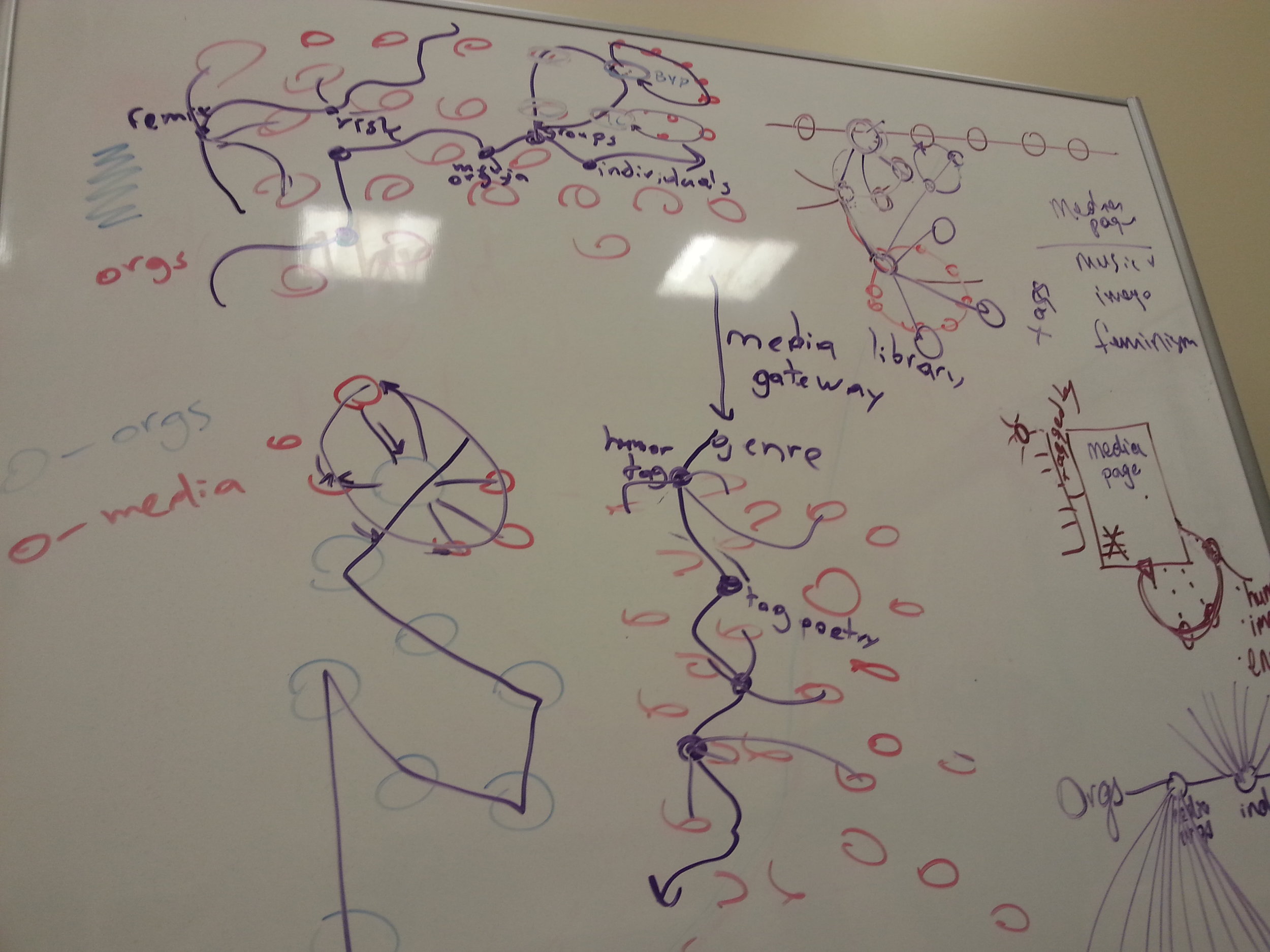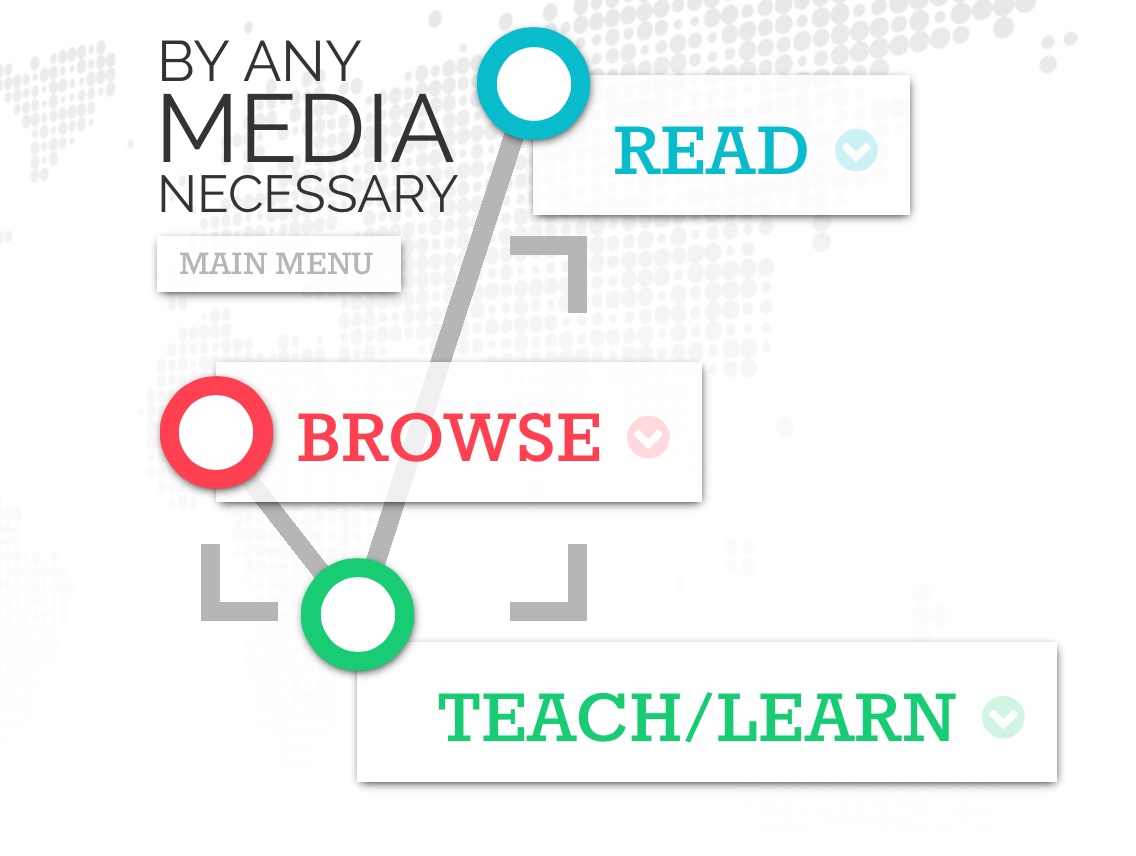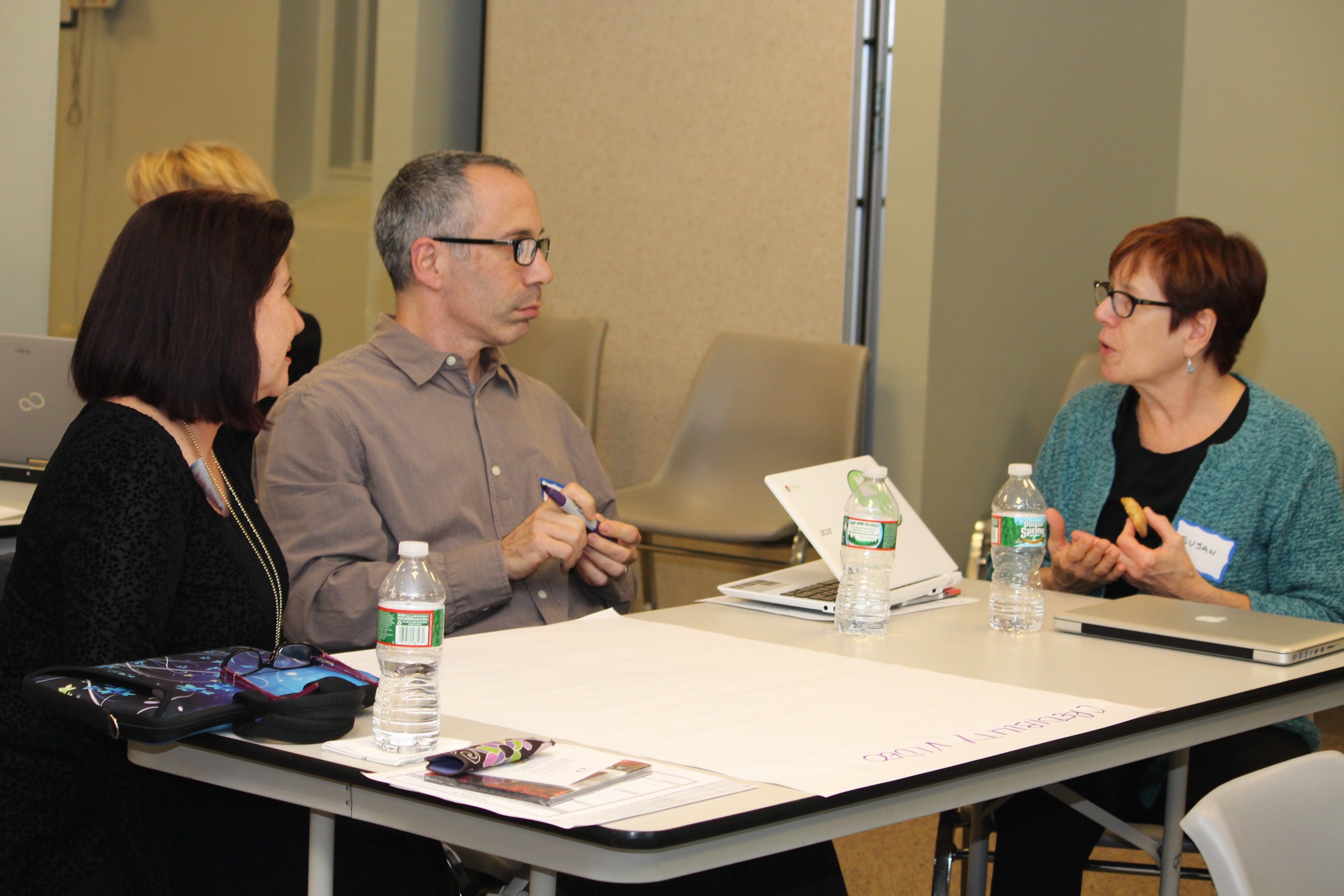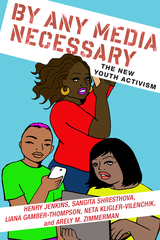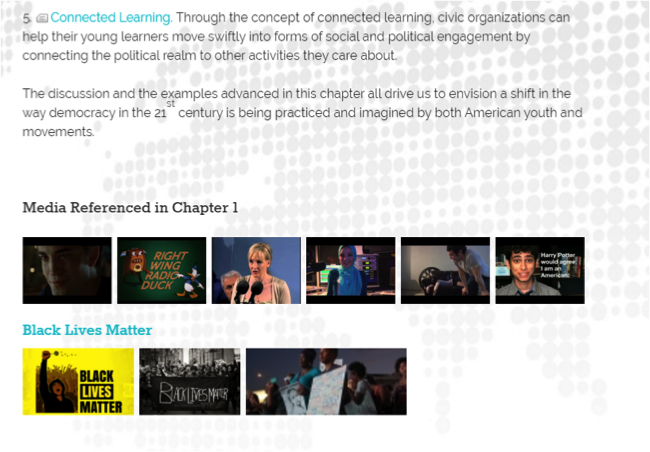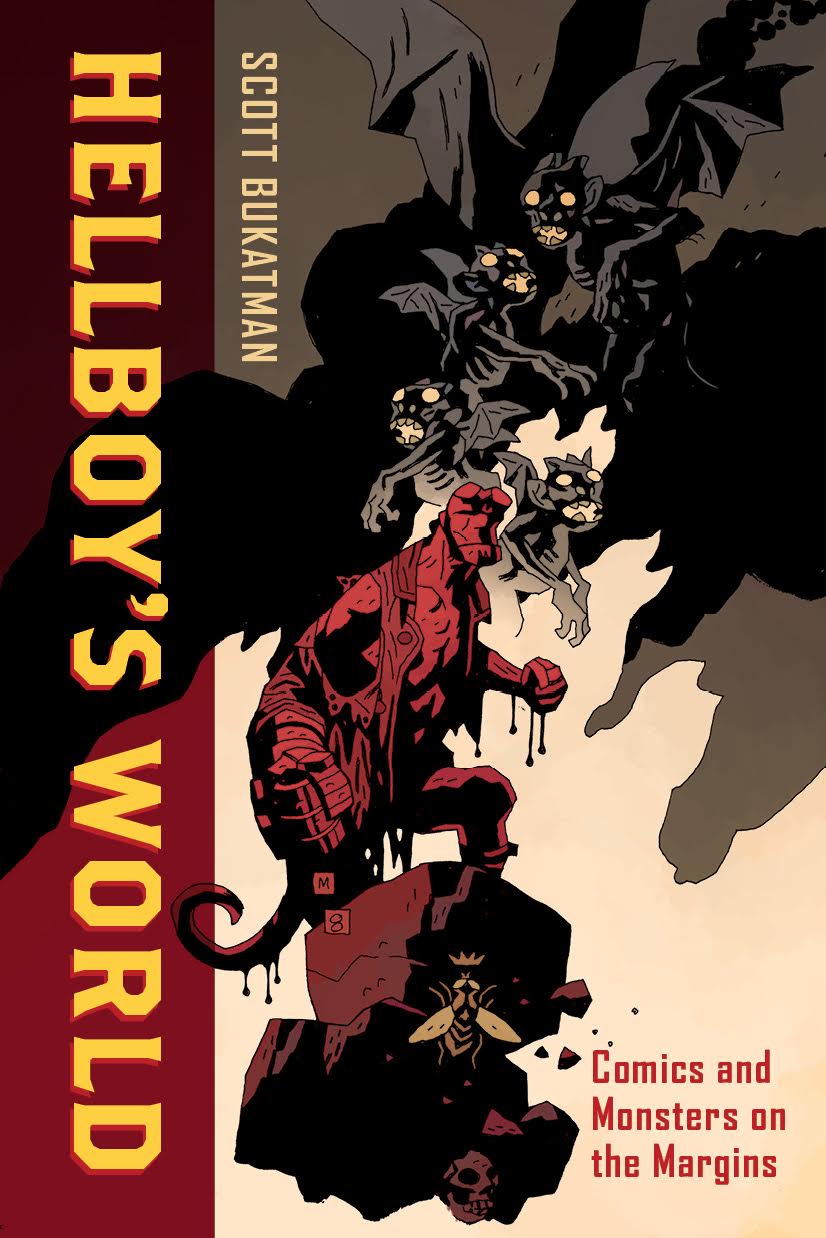From Media Matters to #blacklivesmatter: Black Hawk Hancock discusses John Fiske (Part Two)
/You describe Media Matters in your introduction as a “diagnostic framework” for understanding contemporary cultural politics. What do you mean by this and can you provide some examples of what a diagnosis might look like? What symptoms might we identify and what conclusions would we draw as we think about the way the world has changed between when Fiske wrote this book and now?
I take the concept of diagnostic thinking from the political philosopher Hans Sluga, in order to show how Fiske explores the social terrain.[1] As such, I think we can see Fiske as a diagnostic thinker who seeks to understand the contemporary reality in which we live—the structures of feeling—the shifts in the social, economic, and cultural spheres of life that have opened up a multiplicity of understandings, perspectives, and ways of life that are not always compatible and congruent. In this sense he explores he racial, cultural, gender, and economic “illnesses” that are riddled through the social body, as well as offers practical modes of intervention into that illness, so that we can come to understand what is ailing us.
Media Matters offers us a diagnostic framework to unearth the cultural currents that give rise to the politics of everyday life in the media events that momentarily crystallize them. This diagnostic illuminates the ways media events can reaffirm top-down hegemonic or ideological positions, but also opens those positions up to interrogation.
By doing so, this expands our notion of the political by demonstrating how media events are never straightforward. They are always in need of analysis. Media events must be analyzed in terms of their specific contacts, and how different social positions in society render them intelligible and meaningful. Ultimately, media events reveal the complexity of social life and the social inequalities within which our contemporary society is structured.
I also think of diagnostic thinking in terms of what I consider to be the fundamental question that Fiske was always asking throughout his work—what's going on society?—so the diagnostic approach in which one looks for symptoms, connects us to the dissection of media events. How do we treat them?
In looking at the events of Media Matters and today, there is an uncanny resonance. Once again we are thinking through an uprising in a poor African American neighborhood. As we look at the events of Ferguson, Missouri, we should ask if things really changed so much? Or are we seeing some issues of structural inequality in American society and the consequences of them when the community is pushed over the threshold?
In addition, with Antonin Scalia's death, we are now in the political upheaval of appointing a Supreme Court Justice, as we were with Clarence Thomas back in the time of the events in Media Matters. It is hard not to think how prophetic the book is in looking ahead to what we see today.
We are at a moment when many are looking back on the period this book documents to try to understand the present moment -- from a second Clinton seeking the White House to docudrama series revisiting the O.J. Simpson case. What would you hope a young person learning about the 1980s for the first time in an undergraduate class might take from Fiske’s account of this key moment of political change?
I think there are number of things that we need to consider here, most importantly the “Reagan Revolution” defined by a reactionary moral conservatisms the withdrawal of the state and social programs, the privatization of institutions, the notion of the trickle-down economy, his hostile anti-communist attitude towards Russia and the Cold War, which led to the massive military build up, the notion of “Star Wars” missile “force field” defense system—and the beginning of massive rates of incarceration. These are just a few of the issues I would hope students reflect on now.
Thinking of today, once again we have an actor, in this case Donald Trump, rather than Reagan who is now seeking the Presidency. To go through all these issues would be a course onto itself. But it is hard not to think how this whole nexus of interconnected issues shaped the world we see today. In fact with Trump, we see a resurgence of many of these issues, in terms of social panic around Islam and the rabid anti-immigrant sentiments parallel to the social panic around the Soviet Union and the rabid anti-communist sentiment of the day.
The withdrawal of the state that was occurring then has given rise to neoliberalism today. This unfettered economic logic has eroded social services and infrastructure, and has perpetuated massive economic inequality, to the consequences we have not even begun to understand.
Another significant development during this time to me, certainly defining my youth, was the rise of MTV as a cultural watershed. Here we have the full commodification of culture as spectacle. While commonplace now, maybe even irrelevant now, but then the cutting edge of music, fashion, even news, all packaged into a glossy visual medium that was nothing but advertisements. While primarily for tapes, videos, CDs and other music related commodities, MTV became the direct to consumer conduit for shaping the rise of a hyper-consumer society and the “branding” of products in ways that connected them with music stars, actors, and TV “personalities.”
I’m not sure that I can say enough about the role of MTV in shaping an entire generation, in turn completely redefining the cultural landscape, and through its indoctrination into cultural consumption, the economic landscape as well.
Your publisher placed an image of the #blacklivesmatter movement on the cover of Media Matters, and in many ways, this is the appropriate choice. Fiske describes in that book the kinds of demographic shifts (especially around race and ethnicity) which are having such an impact in today’s politics, he describes a range of “media events”, such as those around Clarence Thomas, Rodney King, and O. J. Simpson, which would become the focal point for discussions around race, class, and competing notions of the truth, and he predicts that we will see a steady stream of such “media events” moving forward. How might we use this book to make sense of some of today’s struggles around racial justice?
The Ferguson unrest, with the fatal shooting of Michael Brown in August 2014, and the months of unrest that followed, weighed heavily on my mind during my conceptualization of the introduction to Media Matters. I kept asking myself, what needed to be written for this politically charged book, in so far as it questioned and undermined the hegemonic perspectives of race, class, and gender in terms of the specific deconstructions and reconstructions of these specific media events?
In the spring of 2015 I put together a panel for the Pacific Sociological Association meetings with the Dean of the law school at UC Irvine and my colleague Bryan Sykes in the Department of Criminology, Law and Society. I titled the panel “Questions of Social Justice: Ferguson, Missouri and Beyond” I argued that the events in Ferguson, Missouri and Staten Island, New York demonstrate how racial inequities in our judicial system erode perceptions of fairness among communities of color and reinforce beliefs that accountability and justice are reserved for white victims or individuals of higher social status.
Given the growing race and class stratification in employment, education, housing, and criminal justice, the purpose of the panel was to question notions of institutional legitimacy, accountability, and social justice around the unfortunate, untimely, and unnecessary deaths of young men of color. It was in constructing this panel and getting my two colleagues on board that the introduction to Media Matters took shape.
In preparing the introduction for the panel and my presentation, I began to sketch out how Ferguson was a “media event” in that it structured our view of who and what we are as a society. As a media event, Ferguson became a highly visible spectacle dominating the public consciousness and conversation. The uprising in Ferguson became a serious flashpoint where the underlying currents of racial inequality in social life boiled over into the mainstream of society. Like L.A. and Rodney King, we were able to look into the deep anxieties, conflicts, and contradictions in society that are often passed over in mainstream media or excluded from official channels of information.
What is most important is not the event itself, but the struggles that exist underneath the events, which continue on long after any one media event occurs. While the social clashes exposed in media events could lead to a political pessimism, instead they are opportunities for public debate and social engagement.
As flashpoints of cultural struggles, media events are also potential points of political intervention and political contestation opening up points of dialogue in the public sphere. I think the framework Fiske offers us, which allows us to see the multiplicity of perspectives, and the deep conflicting interpretations as to an event’s meaning and significance is essential for today’s politics and our struggles for racial justice.
While media events are highly temporal and fade as others occur and take their place in our public consciousness, we can pursue social movements around issues of racial justice by keeping those truths alive and part of public discourse. I think that movements like Black Lives Matter is doing just that, as they connect cases of police violence and the killing of young African American men across the country, showing us that the shooting of Michael Brown is not an isolated incident, but rather is a systemic problem through the country, one which demands our immediate and ongoing attention if we are to effect serious change in the way that we police society.
Black Hawk Hancock is an Associate Professor of Sociology at DePaul University. He received his Ph.D. from the University of Wisconsin at Madison in Sociology, and his B.A. from the University of California at Berkeley in English and Philosophy. He is both an ethnographer whose work focuses on issues of race and culture, as well as a social theorist. His first ethnographic monograph, American Allegory: Lindy Hop and the Racial Imagination was published with The University of Chicago Press. His next book, In-Between Worlds: Mexican Kitchen Workers in Chicago’s Restaurant Industry, is currently under contract at The University of Chicago Press. His theoretical work includes two books with Roberta Garner, Social Theory: Continuities and Confrontations, 3rd edition (The University of Toronto Press), and Changing Theories: New Directions in Sociology (The University of Toronto Press), while his articles have appeared in such journals as The Journal of Medicine and Philosophy, Journal for the Theory of Social Behavior, and History of the Human Sciences.
[1] Sluga, Hans. 2014. Politics and the Search for the Common Good. Cambridge: Cambridge University Press.



